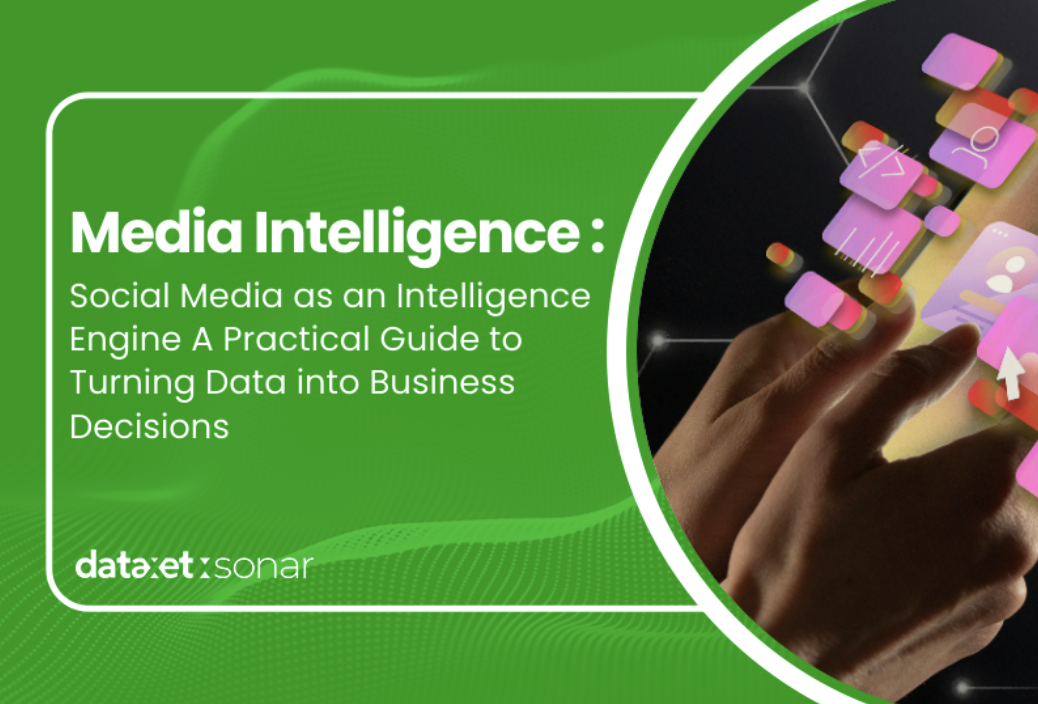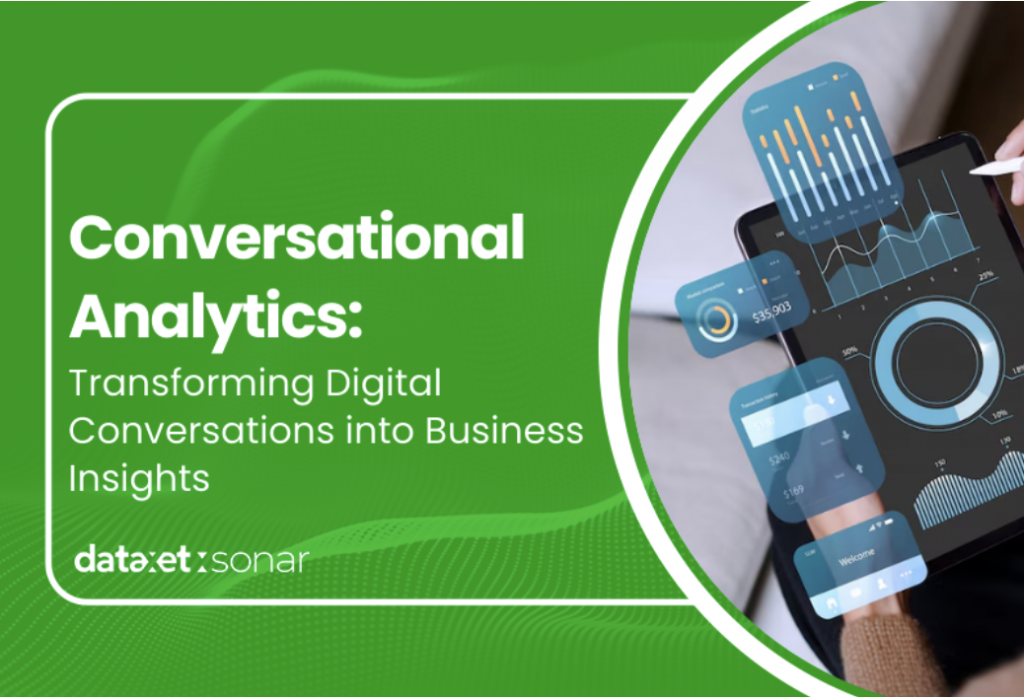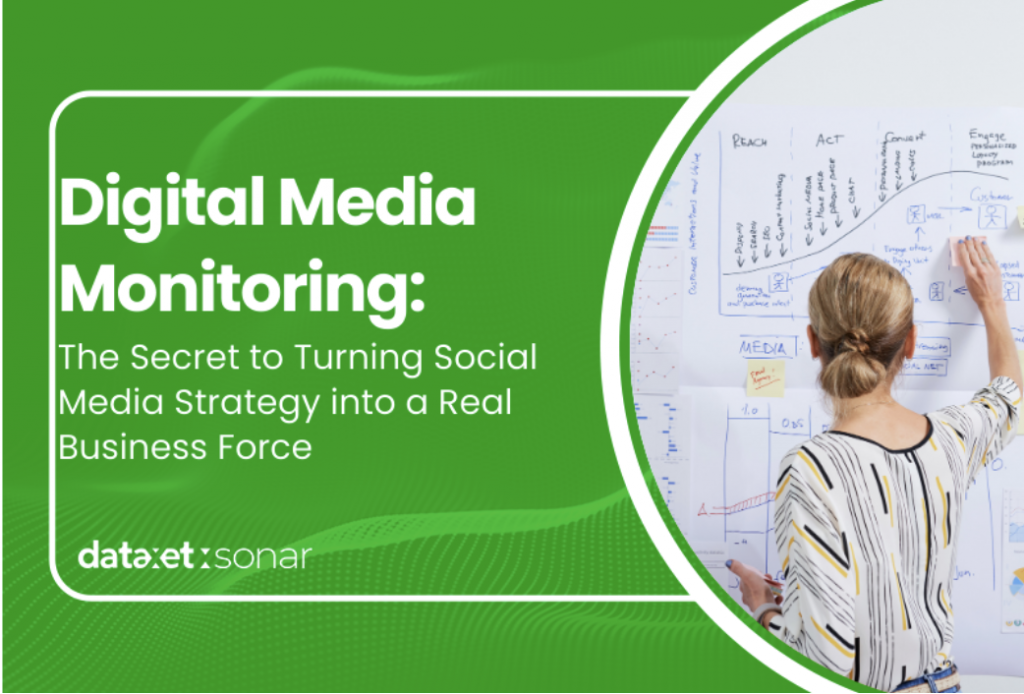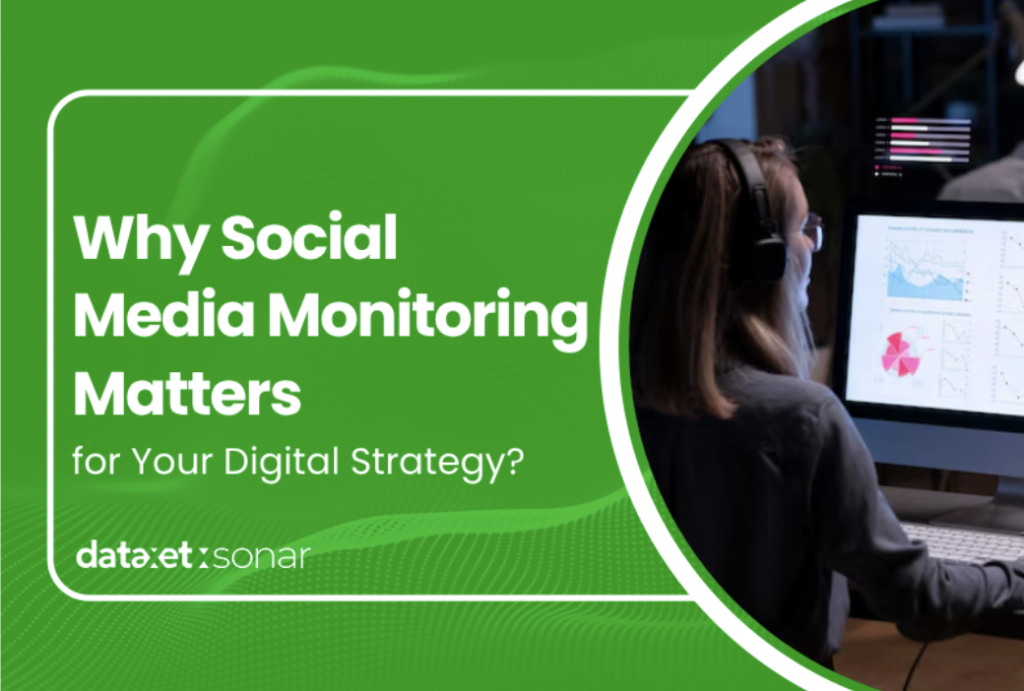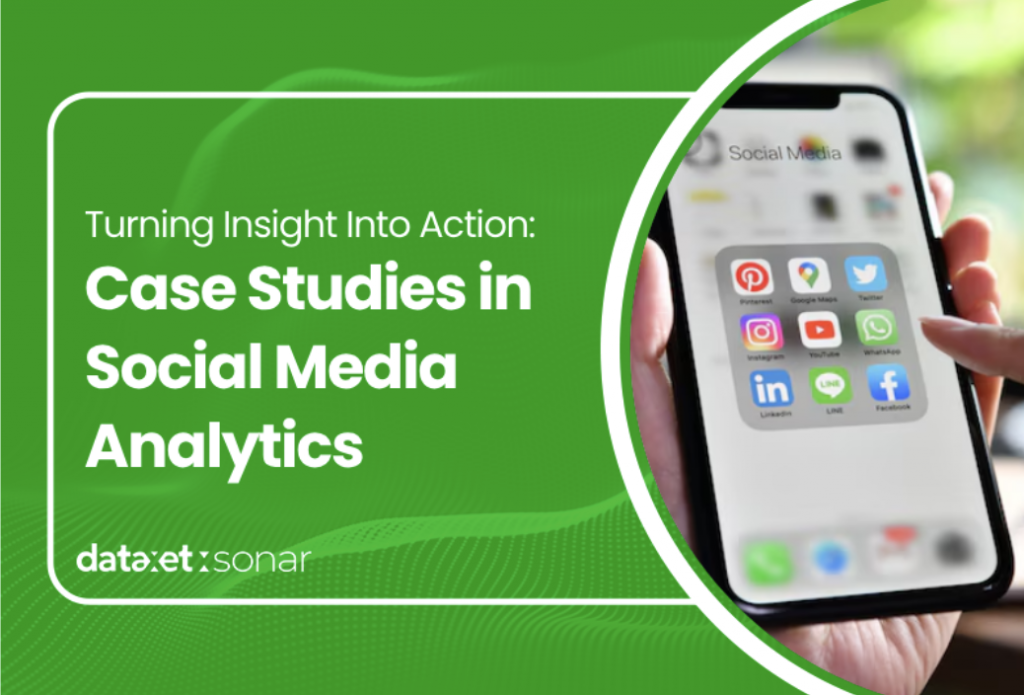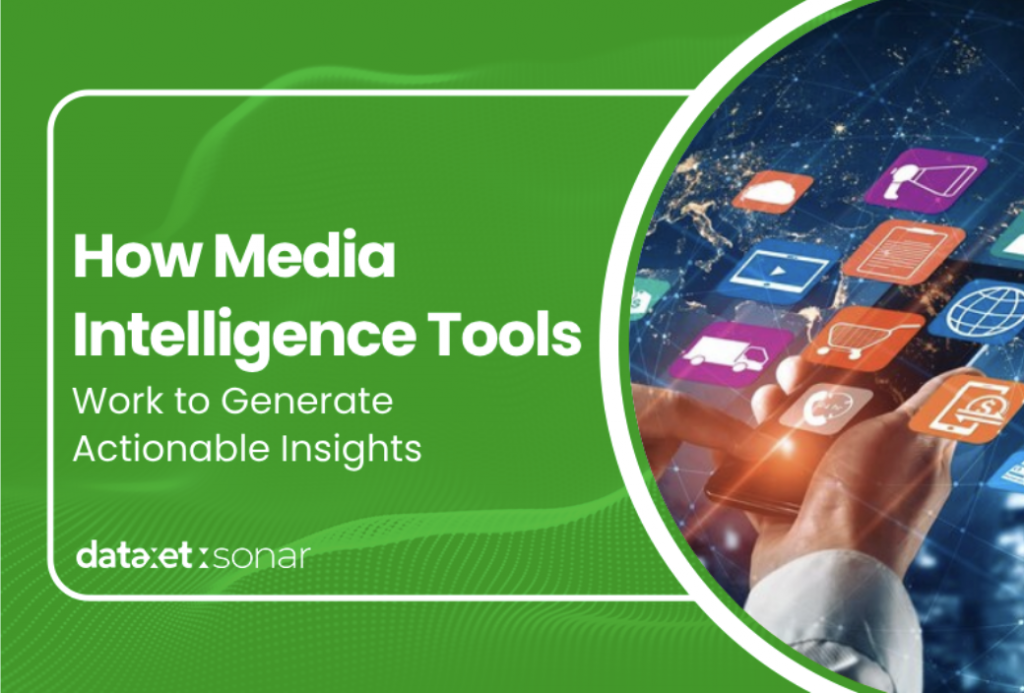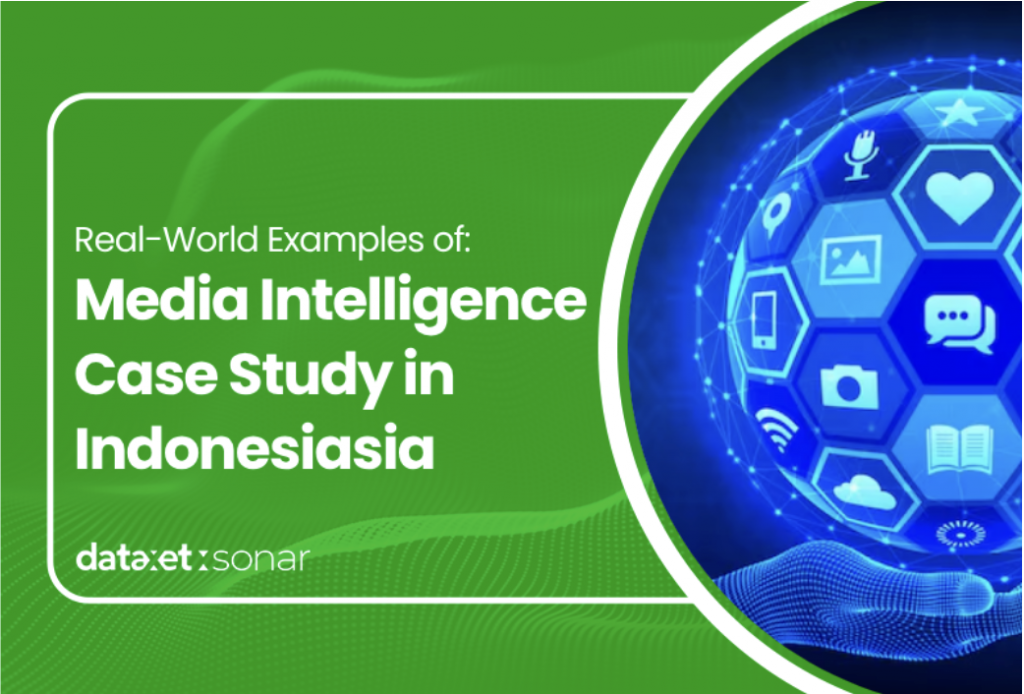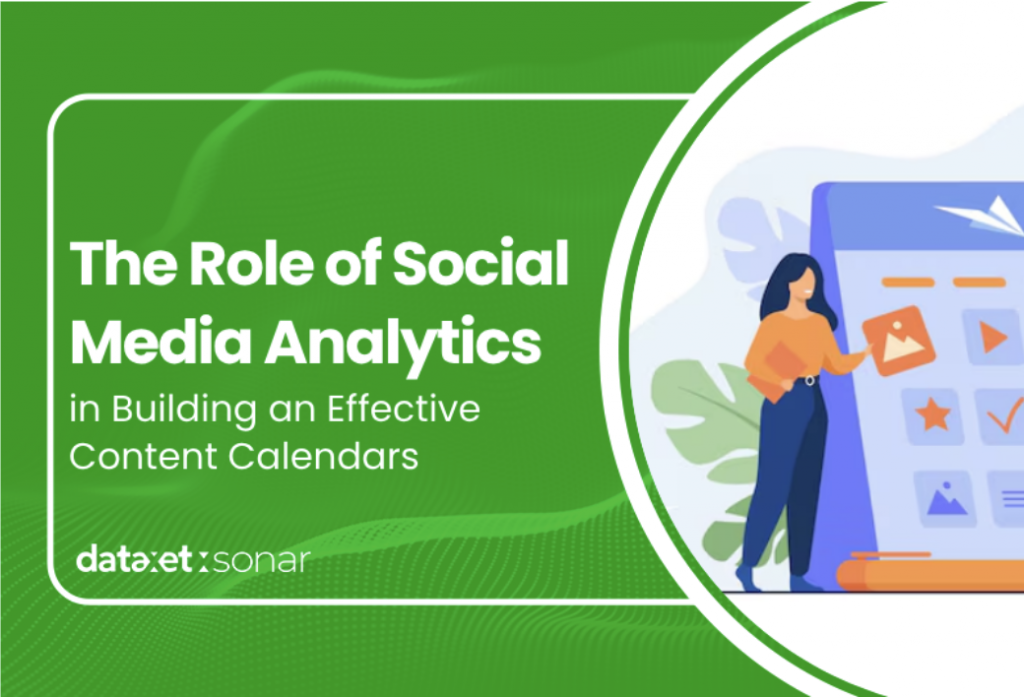In an increasingly digitally connected world, Media Intelligence has become one of the most valuable tools for companies looking to understand their audience more deeply. Social media is not just a place to share stories or pictures, but has transformed into an invaluable source of information for businesses. Platforms like Facebook, Instagram, LinkedIn, and Twitter store data that can be analyzed to help businesses make smarter decisions
Social media is not just about interactions between users, but also about how companies can collect, process and interpret that data to devise better and more relevant strategies. In this guide, we will discuss how to process social media data into useful information for more targeted business decisions.
1. Step One: Set Clear Objectives and KPIs
Before starting with data collection from social media platforms, the first step is to set clear goals. Why do you want to collect data? Is the goal to understand the audience’s response to your product? Or do you want to increase brand awareness and engagement? Setting clear objectives will make it easier for you to determine relevant metrics and KPIs (Key Performance Indicators) relevan.
Example of Objectives and KPIs in Media Intelligence:
- Objective: Increase brand awareness through a social media campaign.
- KPIS: Increase in followers, interactions (likes, shares, comments), and reach.
- Objective: Increase sales through social media promotion.
- KPIS: Number of clicks leading to product pages, conversion rate, and leads generated.
Once you have a clear goal, it will be easier to select relevant data for analysis and make data driven decisions.
2. Step Two: Collect Data from Social Media Platforms
The next step is to collect relevant data from various social media platforms. Each platform presents different data, but generally, there are a few metrics that you need to collect:
- Engagement: How often does your audience interact with your content? This can include likes, comments, and shares.
- Audience Demographics: Knowing the age, gender, location, and interests of your audience is essential for customizing marketing campaigns.
- Audience Sentiment: Analyze whether the audience responds positively, negatively, or neutrally to your brand or product.
Tools for Collecting Data:
Some tools that can help you collect and monitor data from social media are:
- Sonar (Dataxet): A Media Intelligence Platformthat allows you to monitor audience conversations and sentiment in real-time.
- Hootsuite: A social media management platform that allows you to track post performance and monitor relevant metrics.
- Google Analytics: Can be used to track traffic coming from social media and analyze visitor behavior on the website.
Using such tools, you can start collecting the data needed for further analysis and to understand your audience better.
3. Step Three: Analyze the Collected Data
After collecting data from various platforms, the next step is to analyze the data to gain insights that can be used to make business decisions. Here are some of the analysis that can be done:
- Sentiment Analysis: Analyze whether the audience responded positively, negatively, or neutrally to your campaign or brand. This helps you understand how your audience sees your brand.
- Identify Trends: Knowing what’s trending among your audience can help you tailor your strategy or marketing campaign to their needs. For example, if a certain product or topic is popular, you can direct more attention to it.
- Content Performance: Assess what type of content gets the most attention. Are audiences more interested in videos, images, or long articles?
This in-depth analysis helps you know which parts of the campaign are working and which ones need improvement. With the help of Media Intelligence, companies can find out the type of content that can increase engagement and get more attention.
4. Step Four: Make Business Decisions Based on Data
After analyzing the data, the next step is to make the right decisions based on the insights you get. Data-driven decisions will allow companies to be more responsive to audience needs and can help in customizing marketing strategies.
Examples of Business Decisions Based on Data:
- If the analysis shows that the audience is more interested in video content, then you can allocate more resources to creating videos.
- If the audience shows high interest in a particular product or product category, then you can strengthen the promotion or increase the stock of that product.
Data-driven decisions will improve the efficiency and effectiveness of your marketing campaigns. Media Intelligence allows you to take strategic steps based on more accurate and relevant data.
5. Step Five: Conduct Periodic Tracking and Evaluation
Social media data processing is an ongoing process. After making decisions, it is crucial to continuously monitor and evaluate the performance of your marketing campaigns. Regular tracking will provide a clearer picture of whether the strategies implemented are working or need to be adjusted.
Template Tracking and Analysis:
- Tracking Content Performance: Use a template that records metrics such as likes, shares, comments, clicks, and conversions for each piece of content posted. This will help you identify the most effective types of content.
- Evaluate ROI (Return on Investment): Determine how you will measure success, for example by calculating how many sales or leads were generated from the social media campaign. This template can be used to track whether your business goals were achieved.
Sample Tracking Template:
With this template, you can conduct evaluations in a more organized manner and take appropriate actions based on the analysis results.
Conclusion:
Media Intelligence has opened up many opportunities for companies to turn social media data into more strategic business decisions. By collecting relevant data, analyzing it carefully, and making insight-driven decisions, companies can optimize their marketing performance and achieve greater success.
Through the right tools, such as Sonar (Dataxet) and Google Analytics. companies can gain better insights into their audience and design more focused marketing strategies. In addition, by conducting regular tracking and evaluation, companies can ensure that every decision taken is always based on accurate and relevant data.

